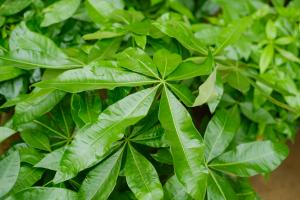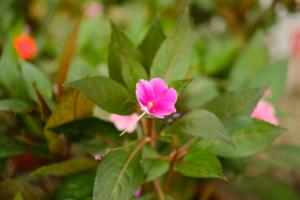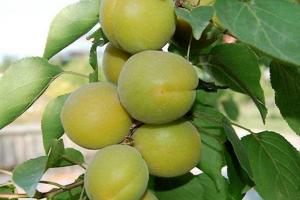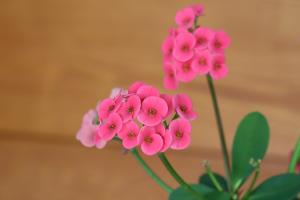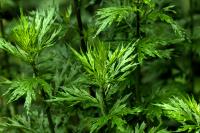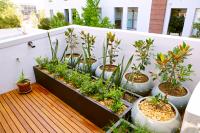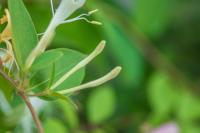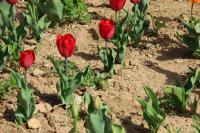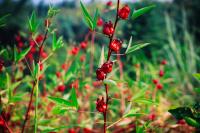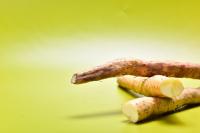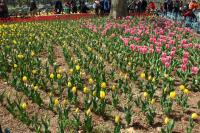1、 The difference between the two
1. Appearance is different: the stem of common Dendrobium is relatively upright and plump. It is cylindrical in shape, with a length of 10-60 cm, and usually does not branch. The leaves are leathery, oblong in shape, with a heavy apex and a sheath at the base. The stem of Dendrobium candidum is shorter, with a maximum of only 35 cm. The leaves are papery, lanceolate in shape, usually with a little lavender on the edge and middle rib, and purple spots on the leaf sheath.

2. Different habits: ordinary Dendrobium likes a warm and humid semi shade environment and has no strict requirements on the soil. Most of the wild Dendrobium grow on the bark or trunk, and some grow in the cracks of stones. Dendrobium candidum prefers cool climate. It usually appears on rocks 1600 meters above sea level, and has high requirements for air circulation.
3. The taste is different: ordinary Dendrobium has more juice when chewing, the smell is very slight, and there is a slight bitterness, but it can taste sweetness and a little stickiness after a long time. The smell of Dendrobium candidum is not heavy. It tastes very light, but it has a little vanilla smell. It has no obvious bitterness and sweetness, but the longer it chews, the stronger its taste will be and the greater its viscosity will be.

4. Different effects: Although both belong to the genus Dendrobium of Orchidaceae, the effect of ordinary Dendrobium is not so strong. It can only benefit the stomach, generate fluid, nourish yin and clear away heat. It can be used to treat dry mouth, irritated heat, insufficient stomach yin and other symptoms. Dendrobium candidum has more effects. It can nourish blood, dredge cardiovascular and cerebrovascular vessels, reduce blood sugar and improve immunity.
2、 Dendrobium pictures




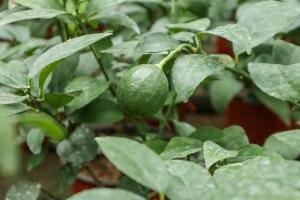 The efficacy and fun...
The efficacy and fun...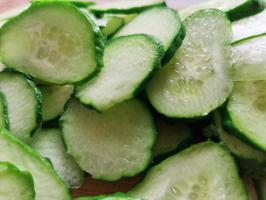 The efficacy and fun...
The efficacy and fun...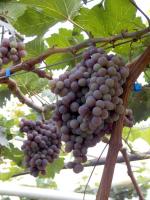 The benefits of eati...
The benefits of eati...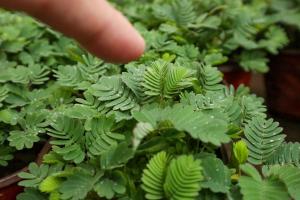 Why is Mimosa called...
Why is Mimosa called...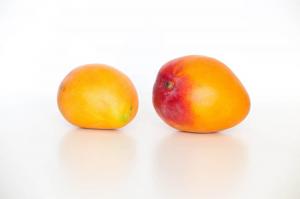 What can't mango be ...
What can't mango be ...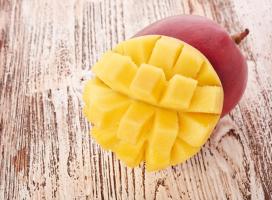 The efficacy and fun...
The efficacy and fun...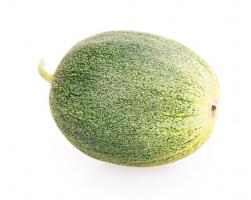 Is watermelon a frui...
Is watermelon a frui...

